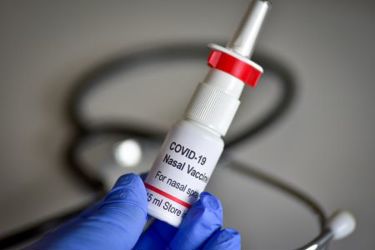Unraveling The Complexities In Nasal Vaccine Development, Manufacturing, And Device Selection
By Mark Ignaczak, Director, Innovation and Partnerships - Nasal Delivery, Catalent, Somerset, New Jersey

access the White Paper!
Log In
Get unlimited access to:
Trend and Thought Leadership Articles

Case Studies & White Papers

Extensive Product Database

Members-Only Premium Content

Welcome Back! Please Log In to Continue.
X
Enter your credentials below to log in. Not yet a member of Life Science Leader? Subscribe today.
Subscribe to Life Science Leader
X
Subscribe to Life Science Leader
